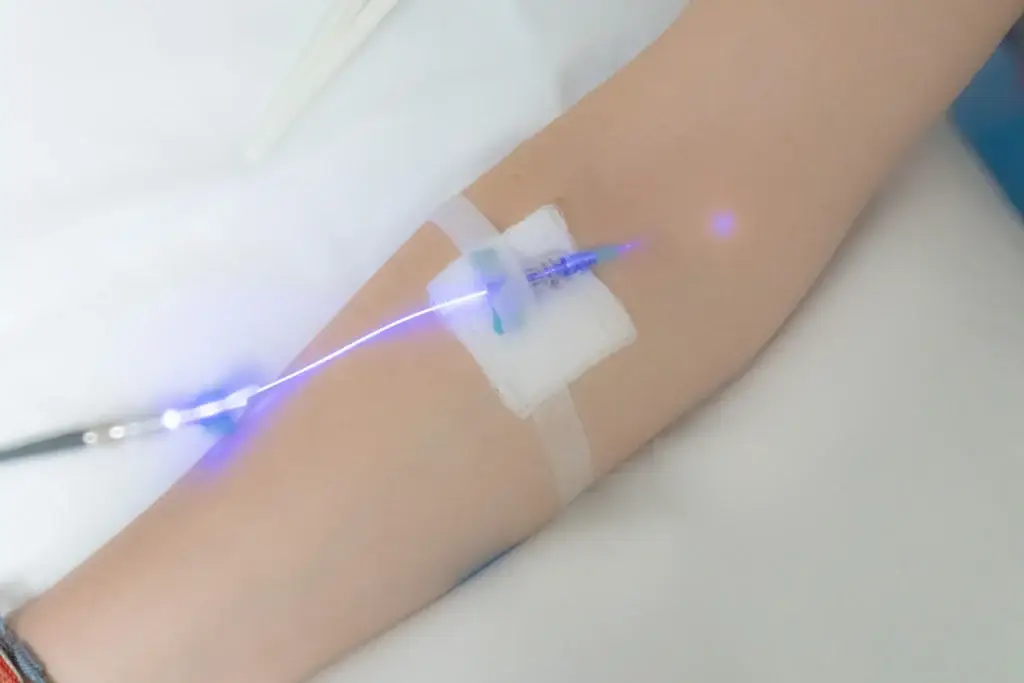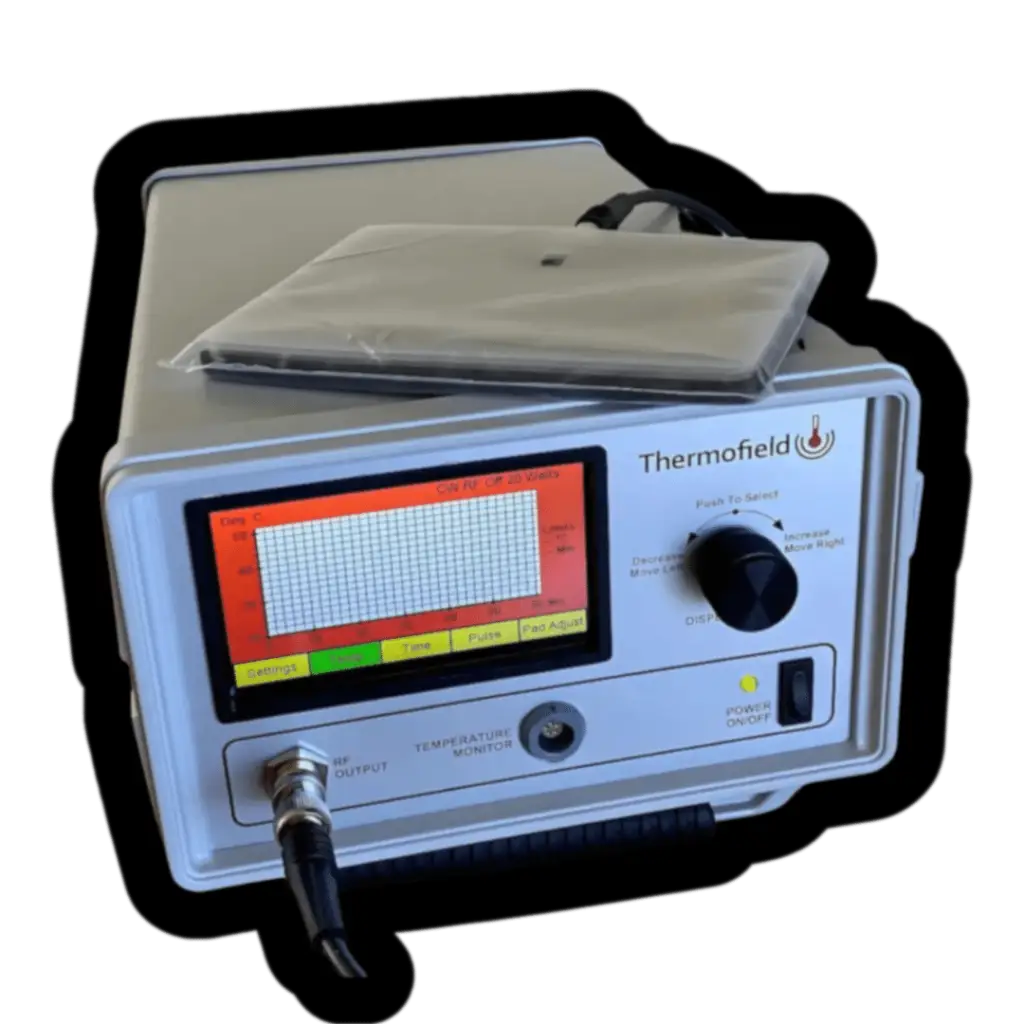We combine the latest in medical technology with compassionate care to give our patients the best possible outcomes. At Bionuu Clinic, we don’t just treat cancer. We treat people.


Do you have these symptoms? Certified professionals can help you!

Reviving the Art of Natural Healing
Mistletoe therapy is an integrative cancer treatment that has been used for centuries. It is a natural remedy derived from the European mistletoe plant and is used to boost the immune system and improve quality of life. Mistletoe therapy has been shown to have significant anti-tumor effects, while simultaneously reducing the side effects of conventional cancer treatments

High-Dose Vitamin C - Accelerating Your Wellness Journey
Vitamin C is an essential nutrient shown to have significant anti-cancer properties. High-dose Vitamin C therapy is administered intravenously to deliver a therapeutic dose of Vitamin C directly to the bloodstream. Studies have shown that high-dose Vitamin C therapy can improve cancer patients’ quality of life, increase survival rates, and reduce the side effects of chemotherapy.

Align your health with the rhythm of wellness amplifiers.
Ozone therapy, a type of alternative medicine, directs ozone gas into the body with promising health benefits. One preferred method is Intravenous (IV) Ozone Therapy, where the ozone is directly introduced into the bloodstream. The process involves extracting a small measure of the patient’s blood, enriching it with ozone, and reintroducing it intravenously. When combating cancer, this therapy can strengthen the body’s immune response, providing an essential partner in your health journey.

Health re-imagined in the radiant dance of light and energy
Electromagnetic and photodynamic therapy uses different types of energy to stimulate the body’s natural healing process. These therapies have been shown to have anti-inflammatory and anti-cancer properties, improve circulation and oxygenation, and boost the immune system. They are non-invasive and painless, making them an attractive alternative to conventional cancer treatments.

Translating heat into health with pinpoint accuracy through local hyperthermia.
Local hyperthermia is a non-invasive cancer treatment that utilizes heat to selectively target and destroy cancer cells while sparing healthy tissue. This innovative therapy can be used alone or combined with other treatments, depending on the cancer type and stage.

Charting Your Unique Path to Wellness with ALA, Curcumin, Resveratrol
Curcumin and resveratrol are nature’s wonders—natural compounds found in plants with robust anti-cancer properties. Equally important in our therapeutic repertoire is Alpha Lipoic Acid (ALA), a potent antioxidant renowned for its multi-system benefits.
In our innovative IV protocols, we administer high doses of curcumin, resveratrol, and ALA directly into the bloodstream to harness their full therapeutic potential. This solution offers a powerful approach to enhance quality of life, reduce inflammation, and bolster immune function, all backed by comprehensive scientific studies.
By integrating IV curcumin, resveratrol, and ALA therapy into your personalized wellness plan, we aim to enhance your body’s natural defenses. Much like a supportive ally, this therapy stands as a testament to Bionuu’s commitment to holistic health. Together, we navigate the path towards improved wellness, stimulating feelings of empowerment and invigoration every step of the way.






What People
Say
"I can't say enough good things about Bionuu. My partner was diagnosed with an aggressive, rare, untreatable form of cancer. We had heard about mistletoe therapy through the Believe Big Foundation. They had referred us to Naturemed in Boulder but after a $550.00 consult fee, we decided to go to Bionuu instead. April and Autumn are extremely compassionate and fun to be around. Dr Rodgers truly cares about her patients and wants them to succeed. The treatment packages are far more affordable than Naturemed in Boulder. We make the trek up from Colorado Springs a couple days a week, and we look forward to seeing everyone at Bionuu. We have never had more courage and faith that we can fight this. April, Autumn, and Dr. Rogers have been an incredible army fighting what we are up against. Highly recommended. ❤️❤️❤️❤️❤️”
Transform Your Fight Against Cancer
At Bionuu Clinic, we believe in empowering your journey through cancer care with compassion and cutting-edge treatment options. Don’t just manage cancer – actively combat it with our specialized care. Our team is committed to providing personalized cancer therapies that align with your unique health needs. From innovative integrative treatments to supportive care strategies, we are dedicated to enhancing your strength and well-being during this crucial time. Choose Bionuu Clinic for a supportive, holistic approach to cancer care, where your healing and quality of life are our highest priorities.
Frequently asked questions
How do I get started?
Getting started with Bionuu Clinic is simple. Begin by booking a consultation through our website or by calling our office directly. This initial step will introduce you to our personalized approach to wellness and allow you to discuss your health concerns and goals.
What happens in an initial session?
During your initial session, our team will conduct a comprehensive assessment of your health history and current concerns. This may include a discussion about your lifestyle, diet, and any symptoms you’re experiencing. Based on this, we’ll suggest potential diagnostic tests and discuss treatment options to create a tailored wellness plan for you
How long will this process take?
The duration of your wellness journey with us varies depending on individual health needs and goals. Some clients see significant improvements within a few weeks, while others engage in longer-term therapies. We focus on sustainable, long-term health improvements, and our team will work with you to set realistic timelines.
Where are you located? Can we meet virtually?
Bionuu Clinic is located in Centennial Colorado, readily accessible for in-person consultations. We also understand the need for flexibility, so we offer virtual consultations for clients who prefer remote sessions or are unable to visit our clinic. This way, you can receive expert care from the comfort of your home.





